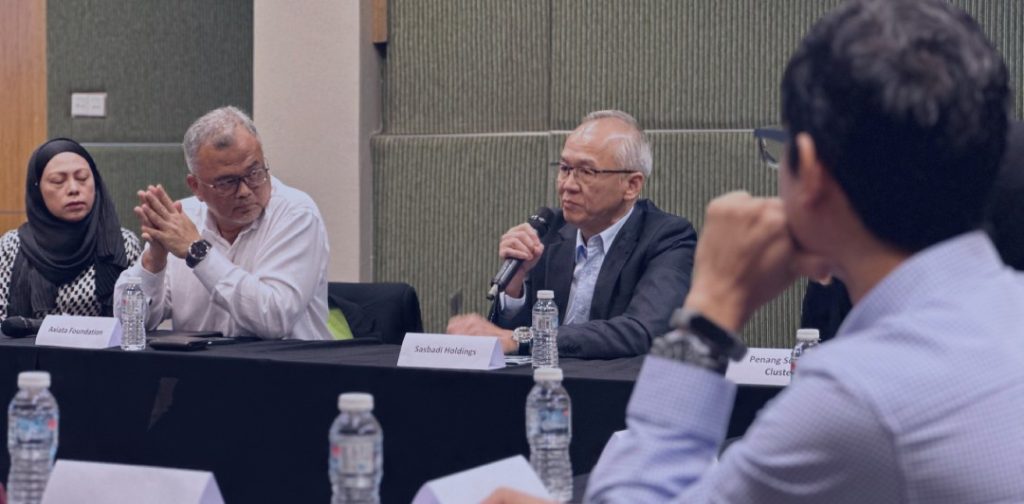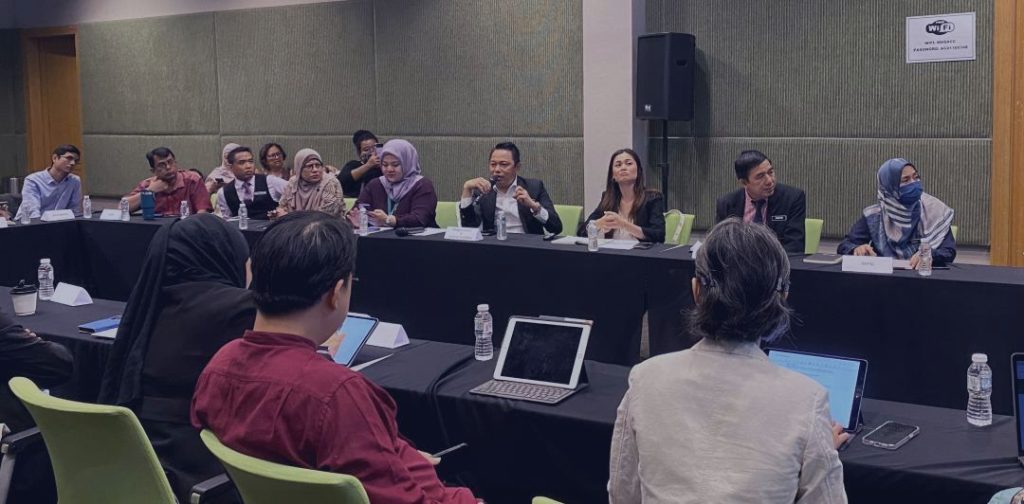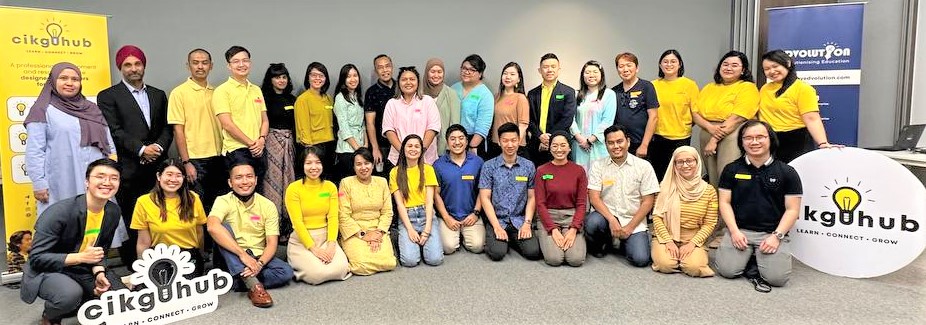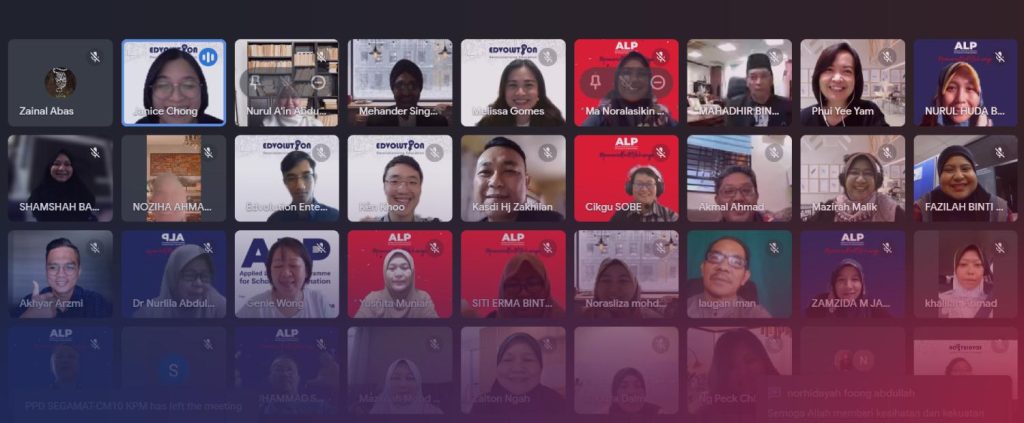By Melissa Tanya Gomes
3 November 2022
In the last 3 years, the Education Ministry has been receiving the lion’s share of our government allocations. In the earlier announcement of Budget 2023, the Education Ministry will be receiving RM55.6 billion constituting 15% of the RM372.3 billion budgeted for government spending next year.
On 17 October 2022, the government announced that the budget for 2023 will be re-tabled before the end of this year. While there have been many debates on whether schools receive the allocated amount, Edvolution Enterprise would like to share how money from the budget flows into schools.
What kind of budget system does Malaysia practice?
Malaysia undertakes a fiscal transfer policy when it comes to planning and managing its budget. A fiscal transfer is a mechanism that involves a redistribution of money through the tax system (simply put, management of taxpayers’ money). This mechanism aims to improve education spending and reduce spending inequalities between states.
How are allocations divided?
Fact # 1: Allocations are by school type
Like in previous allocations, upon tabling the budget in Parliament (the long- budget-reading by our finance minister broadcasted live on television) The Ministry of Education then proceeds to distribute the funds between two types of schools:
1) Fully funded government schools (Sekolah Kebangsaan and Sekolah Menengah Kebangsaan)
2) Government-aided schools (Mission schools, Vernacular schools, and Religious schools)
Similar to previous budgets, 80% of our budget usually accounts for the expenses of fully funded government schools (Sekolah Kebangsaan). For this year, however, allocations have not been segregated for both types of schools. Instead, a lump sum of RM2.3 billion is allocated for both school types to build a safe and conducive learning environment. This means that schools will have to compete to get their share of the money. Thus, the question is how do schools get the money?
Fact # 2: Schools table their request to MoE via their respective PPDs, JPN, and Board of Governors
1) For Fully funded government schools (Sekolah Kebangsaan and Sekolah Menengah Kebangsaan):
Step 1: The principal/ headmaster/headmistress discusses the amount needed by the school with the teachers and senior administrators. This tabling includes maintenance and repair, teachers’ professional development, student welfare, etc.
Step 2: The school principal/ headmaster/ headmistress then proceeds to submit the proposal to Pejabat Pendidikan Daerah (PPD) for approval before submitting it to Jabatan Pendidikan Negeri (JPN).
Step 3: JPN then tables the proposal to Bahagian Pengurusan Sekolah Harian (BPSH) of MoE for approval.
Step 4: Once approved, PPD will receive the allocation and manage the funds.
2) For Government aided schools (Mission schools, Vernacular schools, and Religious schools)
Step 1: The principal/ headmaster/headmistress discusses the amount needed by the school with the teachers and senior administrators. . This tabling includes maintenance and repair, teachers’ professional development, student welfare, etc.
Step 2: The school principal/ headmaster/headmistress then proceeds to submit the proposal to their Board of Governors for approval.
Step 3: Board of Governors then tables the proposal to Bahagian Pengurusan Sekolah Harian (BPSH) of MoE for approval.
Step 4: Once approved, the Board of Governors will receive the allocation and manage the fund.
*Steps 1 & 2 may differ from one school to another.
The difference between the two schools is in the fund management; For fully aided government schools, funds are managed by PPD while the Board of Governors manages funds for government-aided schools.
Conclusion
As mentioned earlier, there have been numerous debates and concerns raised on how well budget allocations are used for schools. This year, despite receiving a large budget for infrastructure, there are still dilapidated schools, resulting in the government pushing for ‘safe and conducive schools’ in next year’s budget.
A question for us to ponder is whether the above allocation process is effective in promoting high accountability.
Melissa Tanya Gomes is the Co-Founder and CEO of Edvolution Enterprise. She has more than 10 years of experience in management consulting and education. She co-founded a school improvement initiative for which she was awarded the Excellence Service Award by the Ministry of Education Malaysia in 2018







